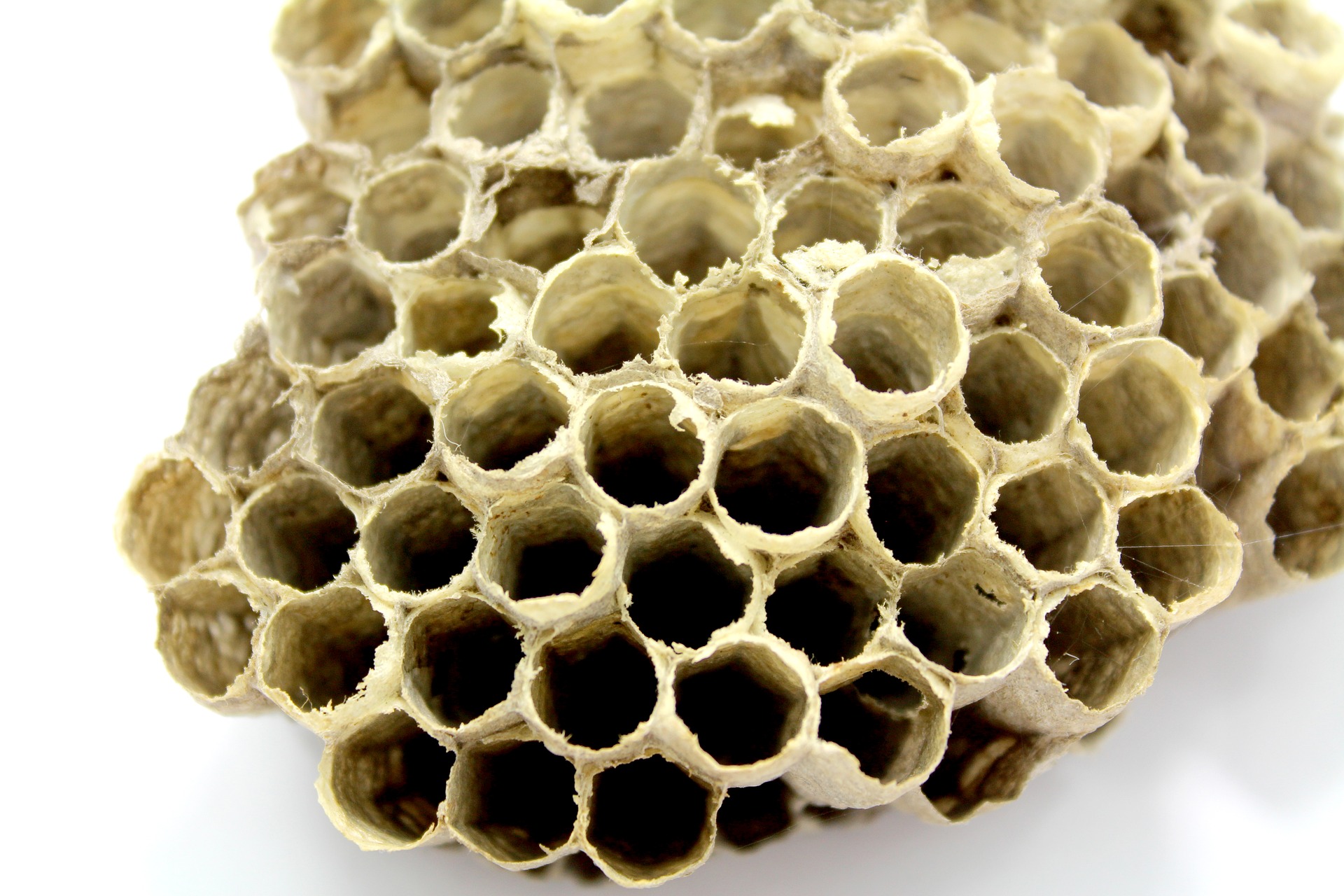Início O uso da própolis como agente cicatrizante e hepatoprotetor
cicatrizante

O uso da própolis como agente cicatrizante e hepatoprotetor
Resumo:
Introduction: Propolis has been used since its discovery as an anti-inflammatory agent, among other purposes, in view of its beneficial effects, it emerged with the evolution of the need to initiate new studies, researchers discovered, more than 300 compounds, which in its most are in forms of polyphenols, antioxidants that fight disease and damage to the body. Propolis is derived from different parts of the plant, such as buds, flower buds and resinous exudates. This work aims to understand the main benefits of using propolis as a healing and hepatoprotective agent. For the development of this, the articles were selected from a previous reading of the abstracts in order to compare the respective points proposed, used and discussed by the author. Review: According to the literature, the application of propolis increases the rate of wound healing and re-epithelialization of diabetic wounds in rodents. Research has shown that, with a single topical propolis, there is increased wound healing in a diabetic rodent model of full-thickness skin healing. Regarding the use of propolis as a hepatoprotector, they state that, as the liver is the main organ for the metabolism of compounds, many liver diseases appear due to its exposure to toxic substances, and the oxidative stress promoted by these substances is very important in the pathophysiological mechanisms of these diseases. Discussion: Propolis has positive results as a healing agent by reducing the inflammatory response, however, its hepatoprotective power is low, due to its oral administration. Final Considerations: You can say that propolis has good results for tests as healing and hepatoprotective, but new tests must be developed to evaluate its effects, as well as pharmaceutical forms and administration routes for a better pharmacological result.
Keywords: propolis, healing, hepatoprotective, extract, pollen.
Expandir Resumo
Acessar Texto Completo

